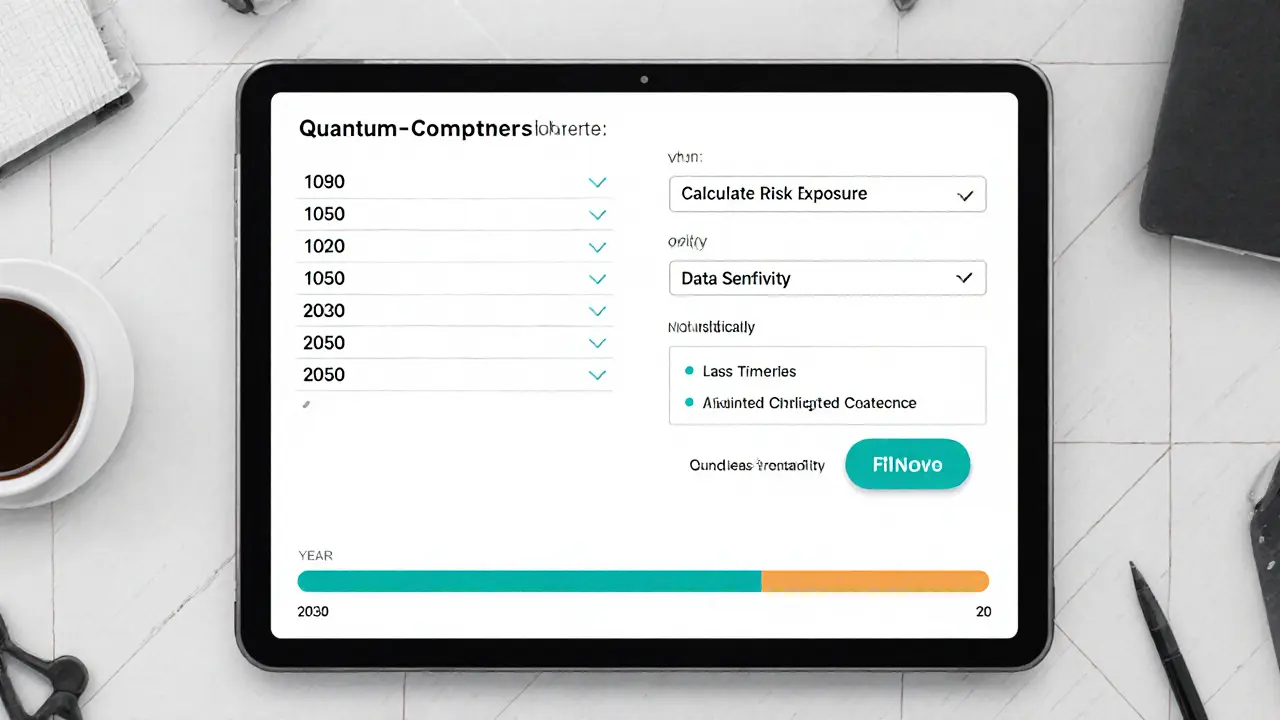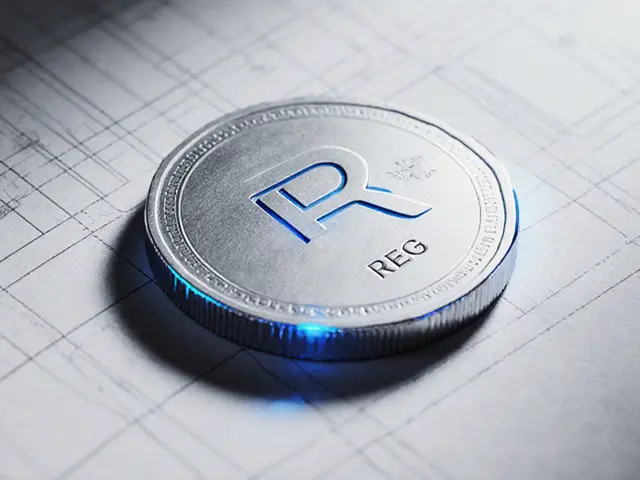Post-Quantum Cryptography: Understanding the Future of Crypto Security
When working with post-quantum cryptography, a set of cryptographic methods designed to stay safe even if quantum computers become powerful enough to break today’s encryption. Also known as quantum‑resistant cryptography, it aims to protect data, transactions, and digital identities from the next generation of computational threats.
One of the biggest related entities is quantum‑resistant algorithms, the building blocks like lattice‑based, hash‑based, and code‑based schemes that can withstand quantum attacks. PQC algorithms are already being tested for real‑world use. Another key player is the NIST Post‑Quantum Cryptography Standard, the formal set of recommendations released after a multi‑year selection process that guides developers on which algorithms to adopt. Finally, blockchain security, the overall safety of distributed ledger systems that rely on cryptographic hashes and digital signatures, depends heavily on these new methods.
Post‑quantum cryptography encompasses quantum‑resistant algorithms, and those algorithms require rigorous testing before they can replace existing curves like secp256k1. Blockchain security requires quantum‑resistant algorithms to keep wallets, smart contracts, and DeFi platforms safe when quantum computers arrive. NIST PQC standards influence adoption of post‑quantum cryptography by giving developers a clear roadmap and industry‑wide confidence.
Why It Matters for Crypto Traders and Developers
If you’re watching crypto exchanges, mining pools, or airdrop projects, you’ll notice security headlines popping up more often. Exchanges such as Korbit or BitFriends, featured in our recent reviews, are already evaluating quantum‑ready key management. Mining operations in Norway and regulatory moves in the UAE hint at a future where quantum‑proof protocols could become a compliance requirement. Understanding post‑quantum cryptography helps you gauge the long‑term resilience of the assets you hold.
Take a look at our coin deep‑dives – from Flourishing AI to Midnight Evergreen – many of them rely on standard elliptic‑curve signatures today. When quantum computers become practical, those signatures could be exposed. Projects that start integrating lattice‑based signatures now may have a security edge and could attract institutional interest faster.
Regulators are also catching up. The UAE’s 2025 crypto licensing framework mentions “future‑proof cryptographic standards,” a clear nod to NIST’s PQC roadmap. Similarly, Indonesia’s shift from Bappebti to OJK oversight includes a clause about “quantum‑resistant compliance.” Keeping an eye on these policy trends lets you anticipate which platforms might upgrade their security first.
On the technical side, developers should know that replacing an algorithm isn’t just a code swap. It impacts key generation, transaction size, and verification speed. Lattice‑based schemes, for example, often produce larger keys, which can affect wallet storage and network bandwidth. Our guides on spot‑trading tax treatment and transaction mempool clearing also touch on how larger signatures could shift fee calculations.
For everyday users, the takeaway is simple: ask whether a service has a quantum‑ready roadmap. If a DeFi platform or exchange mentions NIST‑approved algorithms in its security whitepaper, that’s a good sign. If it doesn’t, you might want to stay cautious, especially for large holdings.
In the coming months, we’ll be adding more posts that explore how post‑quantum cryptography is being tested in real‑world blockchain environments, from pilot projects on testnets to early‑adopter exchanges. The collection below already covers exchange reviews, mining regulation updates, and token analyses – all of which will soon intersect with quantum‑resistant security discussions.
Ready to see how these themes play out across our crypto guides? Dive into the articles below to get concrete examples, practical tips, and the latest news on how post‑quantum cryptography is shaping the crypto landscape.
Quantum Computing Threat Timeline: When RSA 2048 May Be Broken
A detailed look at the quantum computing threat timeline, covering probability forecasts, regulatory deadlines, technical breakthroughs, and practical steps for migrating to post‑quantum cryptography.
View More




